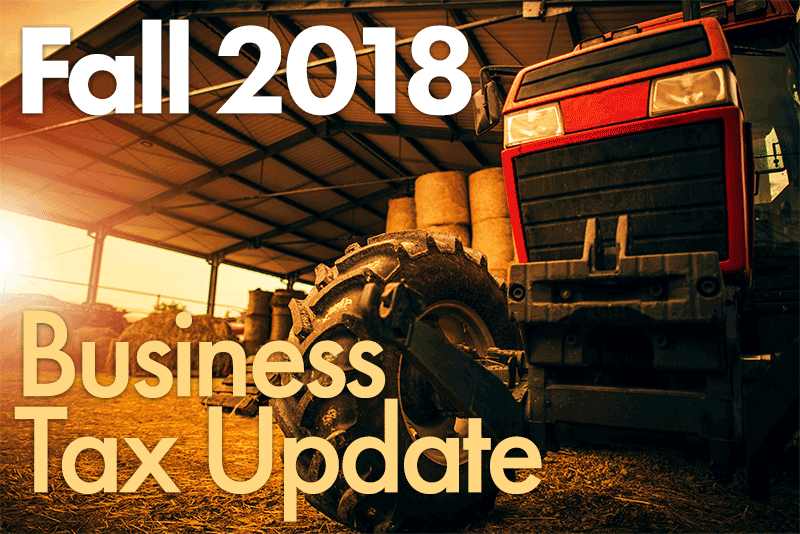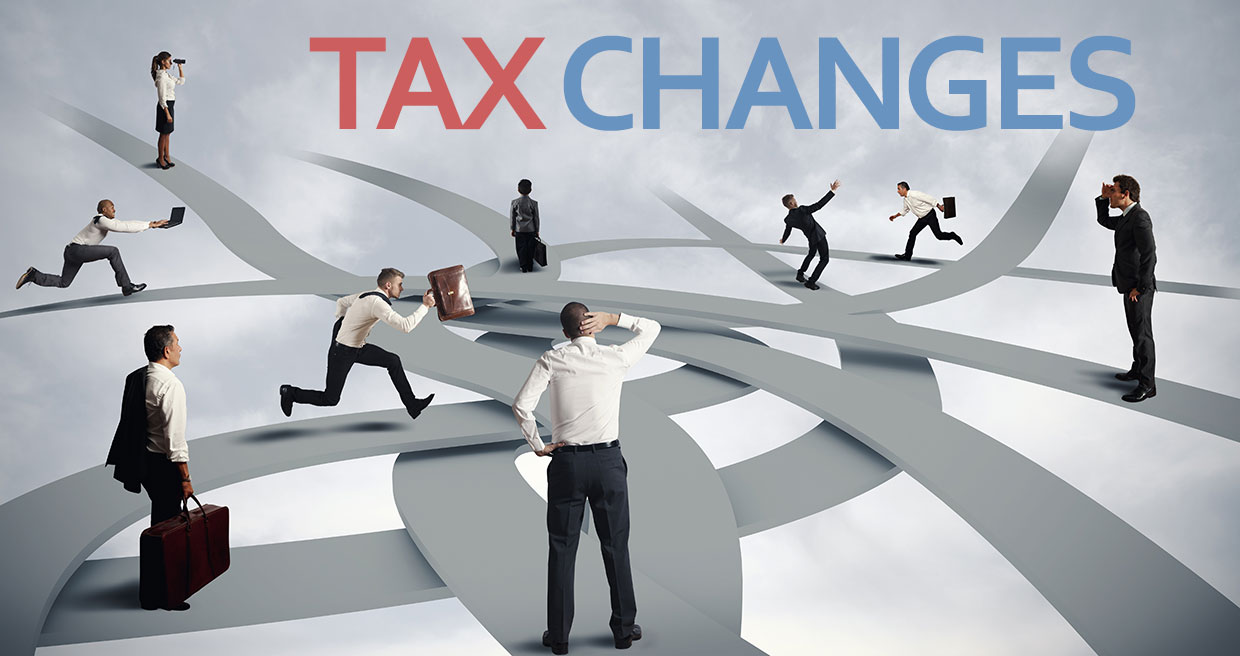Finally, some good news for businesses with some recent tax changes! After plenty of bad news with TOSI (tax on split income) and income from passive investments, the Liberal government has announced some positive new tax measures to help businesses in their Fall Economic Statement 2018 released on November 21, 2018.
These new rules relate to capital asset purchases and an accelerated capital cost allowance (CCA) rate in the first year of acquisition. The government calls this measure the Accelerated Investment Incentive (A.I.I.). What this means is that businesses will get a larger tax expense in the year of acquisition.
Example 1
For example, if a farming business purchased a new tractor for $250,000 under CCA Class 10, the business would receive a tax deduction of $37,500 in the first year under the old rules, resulting in tax savings of $4,500 (using a 12% combined corporate tax rate). Under the new A.I.I. rules, the new tractor would result in a tax deduction of $112,500 and tax savings of $13,500. An increased tax savings of $9,000 for a small business corporation. This could be higher under a proprietorship business where the marginal tax rates can be progressively higher.
Example 2
Another example is with a business vehicle. A vehicle costing $30,000 would typically be in Class 10 with a 30% CCA rate. Historically, in the year of acquisition the business would receive a $4,500 deduction. Under the new A.I.I. rules, the business would receive a $13,500 deduction. Under the 12% combined corporate tax rate, that results in tax savings of $1,080. Again, these tax savings could be higher under a proprietorship business where the marginal tax rates can be progressively higher.
Summary
To summarize the A.I.I rules, the capital cost allowance is now calculated without the half-year rule in the year of acquisition and provides an increase of 50% of the rate in the year of acquisition. At the end of the day, the tax deduction has tripled in the year of acquisition. Keep in mind that in subsequent years, there are no changes to the CCA rate. The A.I.I. will stay in effect until 2024 when it will be gradually phased out by 2027.
What Does This Mean?
As these new rules are effective for capital asset acquisitions starting now (as of November 20, 2018) and if you’re looking at reducing your tax bill for your 2018 taxes, it may be a good decision to purchase or replace some of your capital assets. The type of capital assets are not limited, so it could be vehicles, heavy equipment, buildings, computers or office equipment. Talk with your CPA business advisor to help you determine how these new rules with impact your business.
Other Measures
In addition to the A.I.I. rules mentioned, the government has also announced 100% tax deduction in the year of acquisition for machinery and equipment used in Canada for the manufacturing and processing of goods and for specified clean energy equipment.
If you would like to learn more about these new rules or other tax rules, feel free to get in touch with us and talk with Stewart Stolz, CPA, CA.






